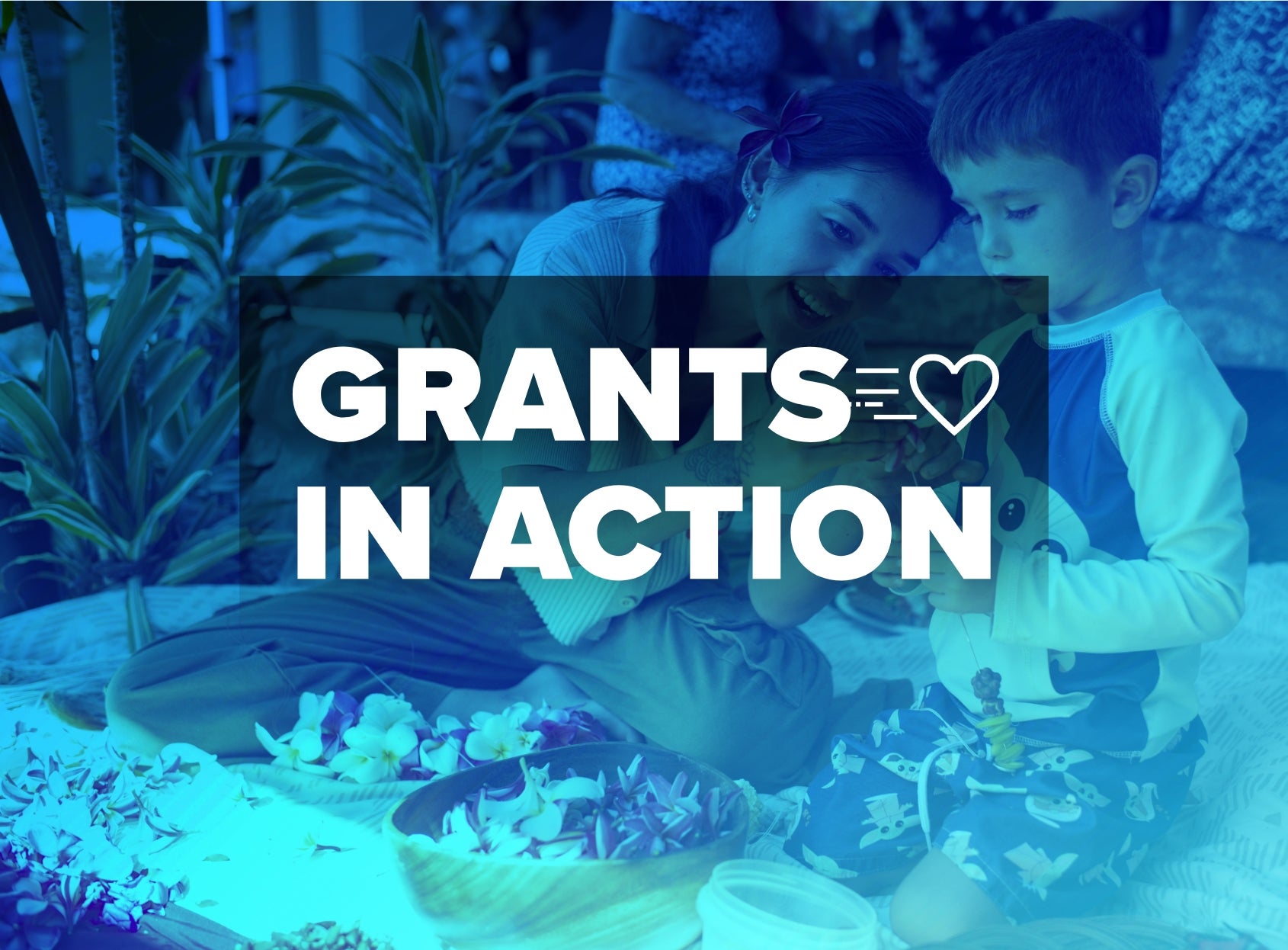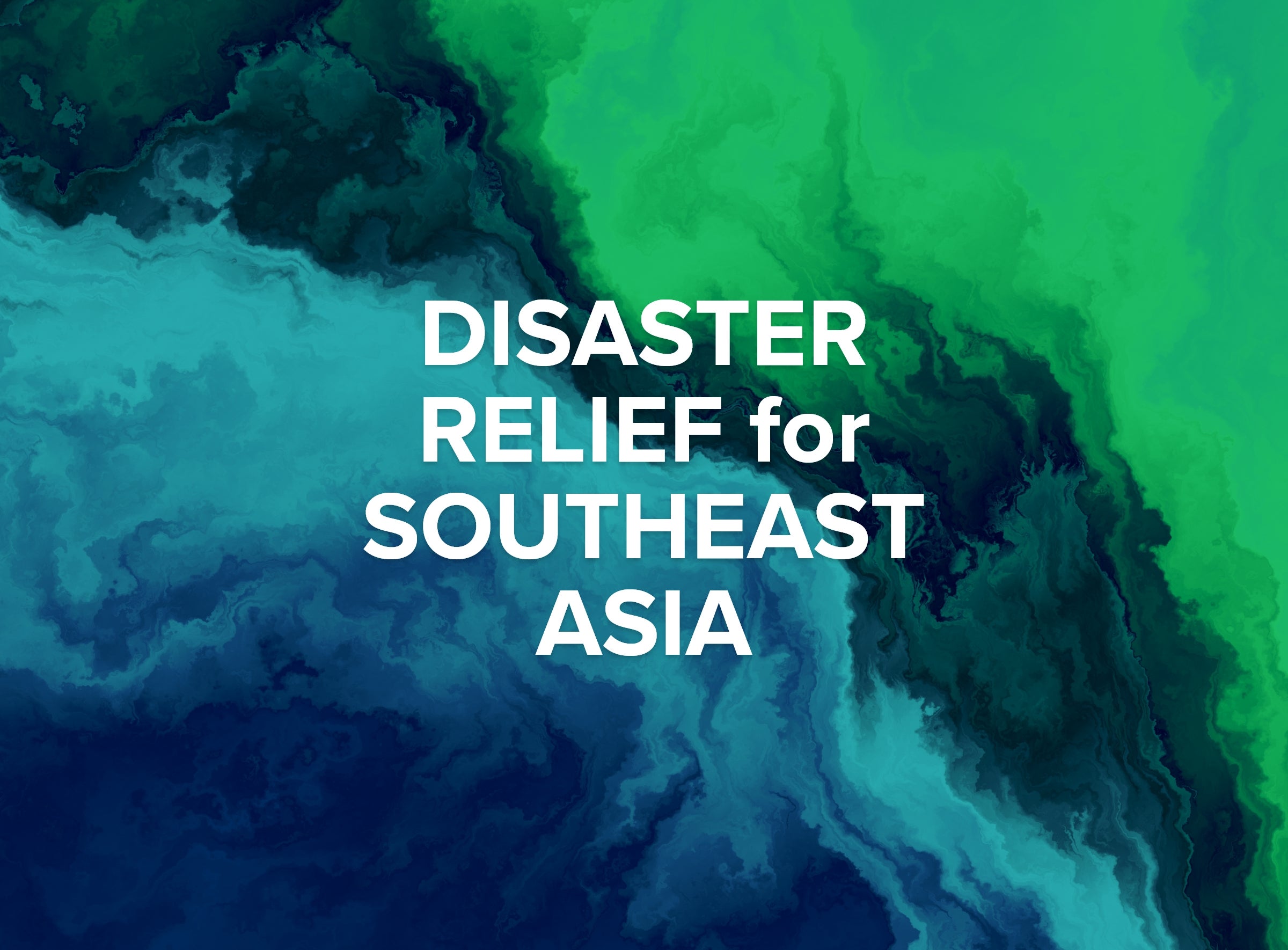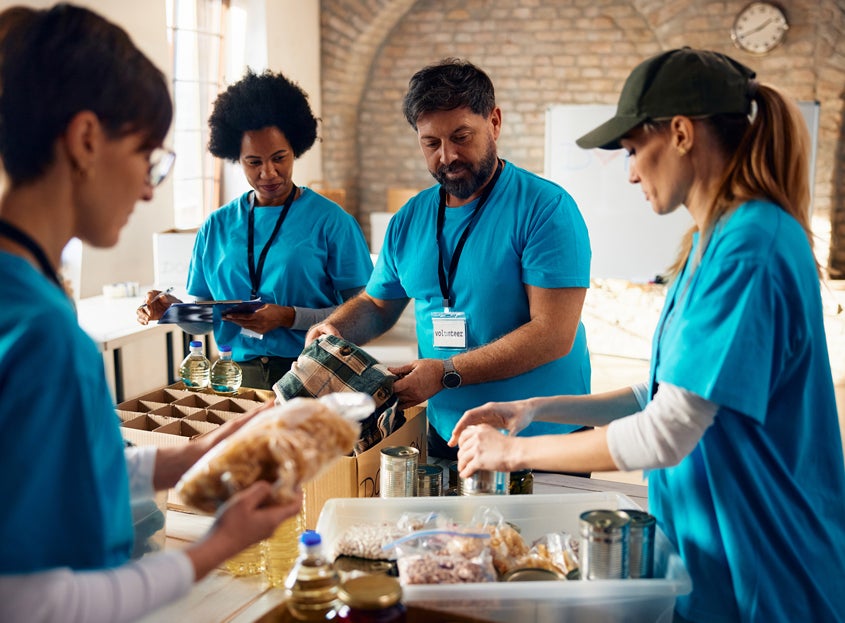Finding Help and Healing in the Wake of Tragedy with Hawai’i Community Foundation

On August 8, 2023, a series of wind-driven wildfires swept through the island of Maui, leaving behind a trail of devastation and destruction that destroyed more than 2,200 structures and caused an estimated $5.5 billion in damages. According to FEMA, “The most significantly impacted area [was] Lahaina, where more than 100 lives were lost.”
The morning of August 9, the Hawai’i Community Foundation (HCF) swiftly stepped into action. Within a week, HCF awarded over $5 million in grants to 42 on-the-ground partners, notes Lauren Nahme, the organization’s Senior Vice President of the Maui Recovery Effort.
These urgent efforts provided critical supplies and services, such as food, diapers, shelter, clothing, first aid, animal care, grief support and boat transportation to relieve fire survivors. (As of July 2024, over $114 million has been awarded and committed to Maui Strong Fund grantees, ranging from childcare to mental health counseling to workforce development.)
Founded in 1916 and originally known as The Hawaii Foundation, the organization’s CEO and President, Micah Kāne, notes that “HCF is somewhat unique compared to other community foundations around the world because we represent the entire state of Hawai’i.” He adds, “This requires us to have an understanding of the well-being of our people across each of the islands and an ongoing connection with communities throughout Hawai’i.”
The foundation takes a four-phase approach to disasters, considered best practice among disaster relief and recovery agencies: community readiness and preparedness, rapid relief and response, recovery and stabilization, and rebuilding resilience. Nahme notes, “HCF leaned into its role of strategic convener and grantmaker, working with a network of partners, including nonprofits, community members, donors and funders, county, state and congressional leaders to ensure that the Maui community received the relief they needed quickly and with maximum impact.”
Kāne says that the ability to do this kind of work within the communities is possible because of the outpouring of compassion and generosity from the people of Hawai’i and the world over, particularly after the wildfires. “[The] collective acts of kindness gave crucial aid to Maui’s people when they needed it most. More than that, it has uplifted our spirits.”
That spirit of giving was felt and seen through philanthropists who gave to HCF through donor-advised funds (DAFs). In 2023, HCF recorded over 250,000 incoming DAF grants totaling over $62 million. (These grants made up nearly 25% of their total grants for the year.) The Maui Strong Fund also received nearly $32 million in DAF grants.
“When a donor makes a gift to HCF, it is usually directed by the donor [to any one of our funds],” notes Mary Leong Sanders, the organization’s Vice President of Philanthropy. “[This includes their own DAF,] another fund within HCF, our CHANGE Framework (directing money to one or more of six essential sectors that affect Hawaiʻi’s overall well-being), or to our unrestricted fund, the Catalyst Fund.”
Long-term, unrestricted giving is particularly significant to HCF’s mission, as it has allowed funds to be directed when and where they are truly needed. As Leong Sanders puts it: “The possibilities are numerous based on ever-evolving needs in the community and our important work to address Hawai’i’s current and longstanding issues.”
“We found that for so many individuals and families, being displaced and having to put their lives back together was a profoundly challenging and destabilizing experience,” says Nahme. Loss of income, labor shortages, blurred or erased property lines and the rising costs of essential goods affected by supply chain issues are just a few of the ongoing matters impacting Hawaiians.
But even when facing and recovering from great adversity, Kāne proudly states, “The people of Hawai’i are a tight-knit community… We find strength in embracing all that makes us unique.”
Photos courtesy of Hawaii Community Foundation
NPT is not affiliated with any of the organizations described herein, and the inclusion of any organization in this material should not be considered an endorsement by NPT of such organization, or its services or products.
NPT does not provide legal or tax advice. This blog post is for informational purposes only and is not intended to be, and shall not be relied upon as, legal or tax advice. The applicability of information contained here may vary depending on individual circumstances.


